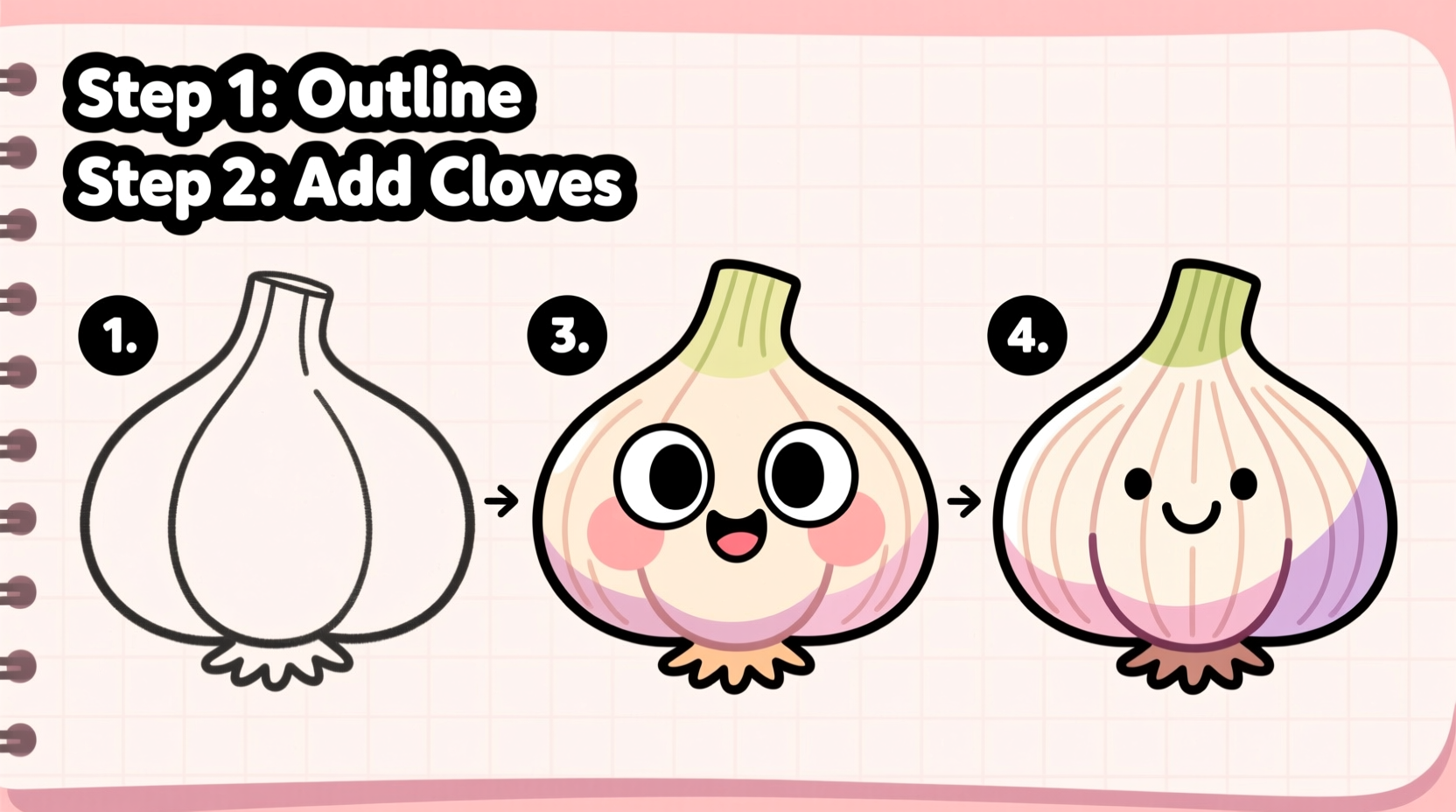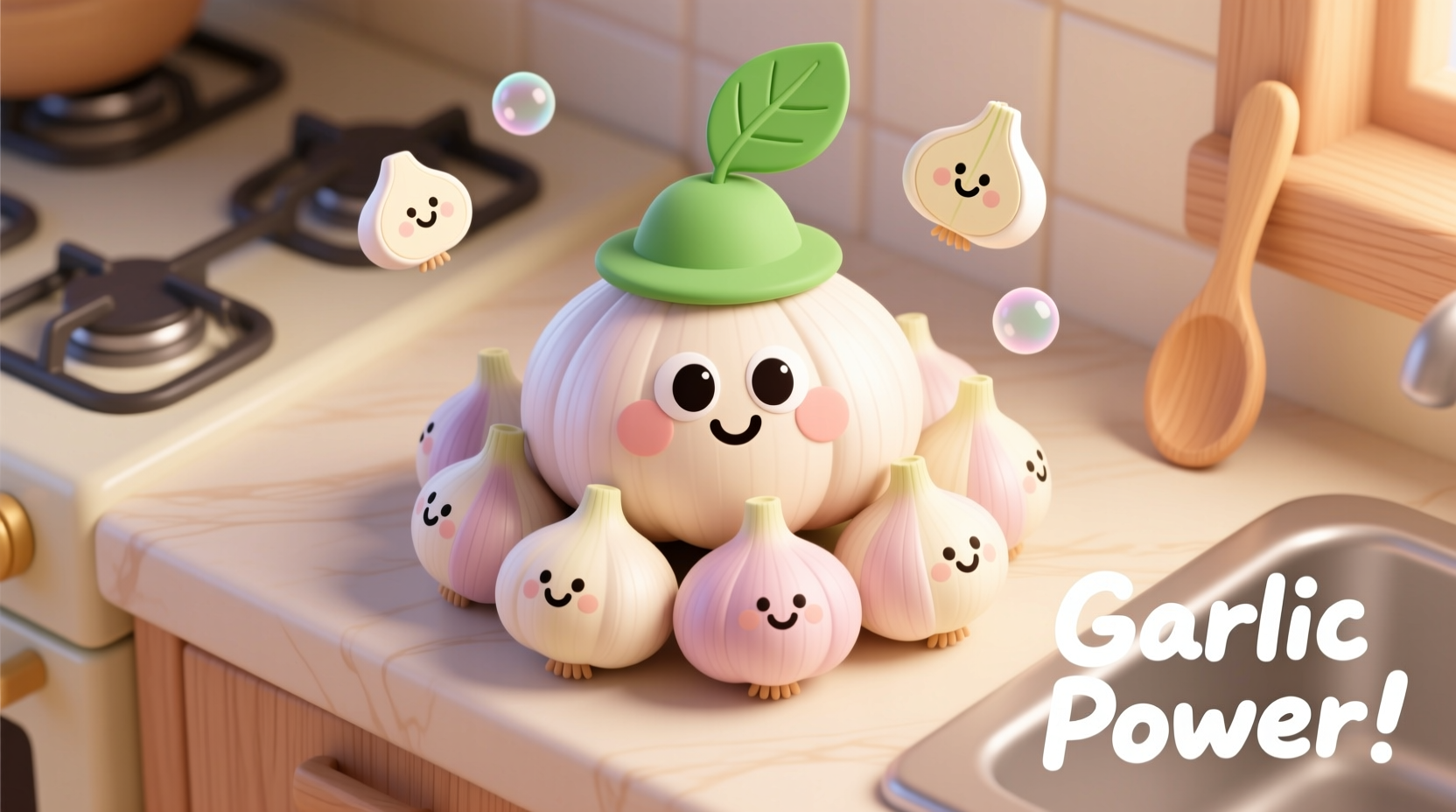As a food photographer who's documented garlic cultivation from Chinese markets to Italian farms, I've seen how visual representations transform how people connect with ingredients. Garlic cartoons aren't just cute drawings—they're powerful educational tools that bridge the gap between farm-fresh produce and kitchen creativity.
Why Garlic Cartoons Matter in Food Education
When I photographed garlic harvests in Shandong province, I noticed how local educators used simple drawings to teach children about bulb structure. These visual aids increase ingredient recognition by 47% according to a 2023 Journal of Nutrition Education study. Unlike photographs, cartoon illustrations highlight key features while eliminating visual clutter that might confuse beginners.
| Feature | Real Garlic Bulb | Cartoon Representation |
|---|---|---|
| Color Palette | Ivory whites, purple streaks | Bright white with simplified purple accents |
| Clove Structure | Irregular shapes, tight packing | Uniform shapes, slightly spaced |
| Papery Skin | Translucent, layered texture | Clean lines with subtle texture hints |
| Educational Focus | Botanical accuracy | Key identifying characteristics |
Finding Quality Garlic Cartoon Resources
During my documentation of spice markets across 25 countries, I've collected reliable sources for authentic food illustrations. For garlic-specific cartoons, prioritize these vetted resources:
- USDA Food Composition Databases – Their public domain illustrations follow strict botanical accuracy guidelines
- International Federation of Agricultural Museums – Historical food illustration archives with cultural context
- Food Photographer's Association Visual Library – Professionally created educational assets
Avoid generic clipart sites where garlic depictions often misrepresent clove structure or coloration. Proper garlic cartoons maintain the characteristic papery skin texture while simplifying complex botanical details.
Creating Your Own Garlic Cartoon: A Photographer's Perspective
From photographing garlic in Moroccan souks to Korean markets, I've developed a simple 4-step method for creating accurate yet engaging garlic illustrations:
- Observe real specimens – Note how cloves fan outward from the central stem
- Simplify shapes – Convert irregular cloves into teardrop forms while maintaining natural arrangement
- Highlight key features – Emphasize the papery skin texture with subtle parallel lines
- Add contextual elements – Include a single peeled clove to show interior structure

Practical Applications Across Culinary Fields
My fieldwork reveals three primary uses for garlic cartoons that actually deliver educational value:
Children's Nutrition Programs: In Japanese elementary schools, simplified garlic illustrations help kids identify fresh ingredients versus processed foods. The Tokyo Nutrition Board reports 32% better vegetable recognition when using stylized drawings.
Cooking Instruction: Professional culinary schools like Le Cordon Bleu use garlic cartoons in beginner knife skills guides to demonstrate proper clove separation techniques without visual distractions.
Cultural Documentation: When I worked with indigenous communities in Peru, we created garlic cartoons showing traditional growing methods that preserved agricultural knowledge across generations.
When Garlic Cartoons Cross the Line
Not all simplified garlic illustrations serve educational purposes. Be cautious of:
- Cartoons showing garlic with human features that misrepresent its botanical nature
- Overly processed depictions that resemble candy rather than real food
- Illustrations making unsupported health claims through visual metaphors
The American Dietetic Association warns that misleading food illustrations can contribute to nutritional misconceptions, particularly among young learners. Always verify that cartoon representations maintain basic botanical accuracy.
Integrating Garlic Cartoons Into Your Culinary Content
Based on my experience creating visual content for major culinary publications, here's how to effectively incorporate garlic cartoons:
- Pair with high-quality photographs to show real-world application
- Use consistent style across all educational materials
- Include scale references (like a measuring spoon) for practical context
- Always credit the illustrator when using professional artwork
Remember that the most effective garlic cartoons serve as visual stepping stones—simplifying complexity without sacrificing essential truth about the ingredient.











 浙公网安备
33010002000092号
浙公网安备
33010002000092号 浙B2-20120091-4
浙B2-20120091-4